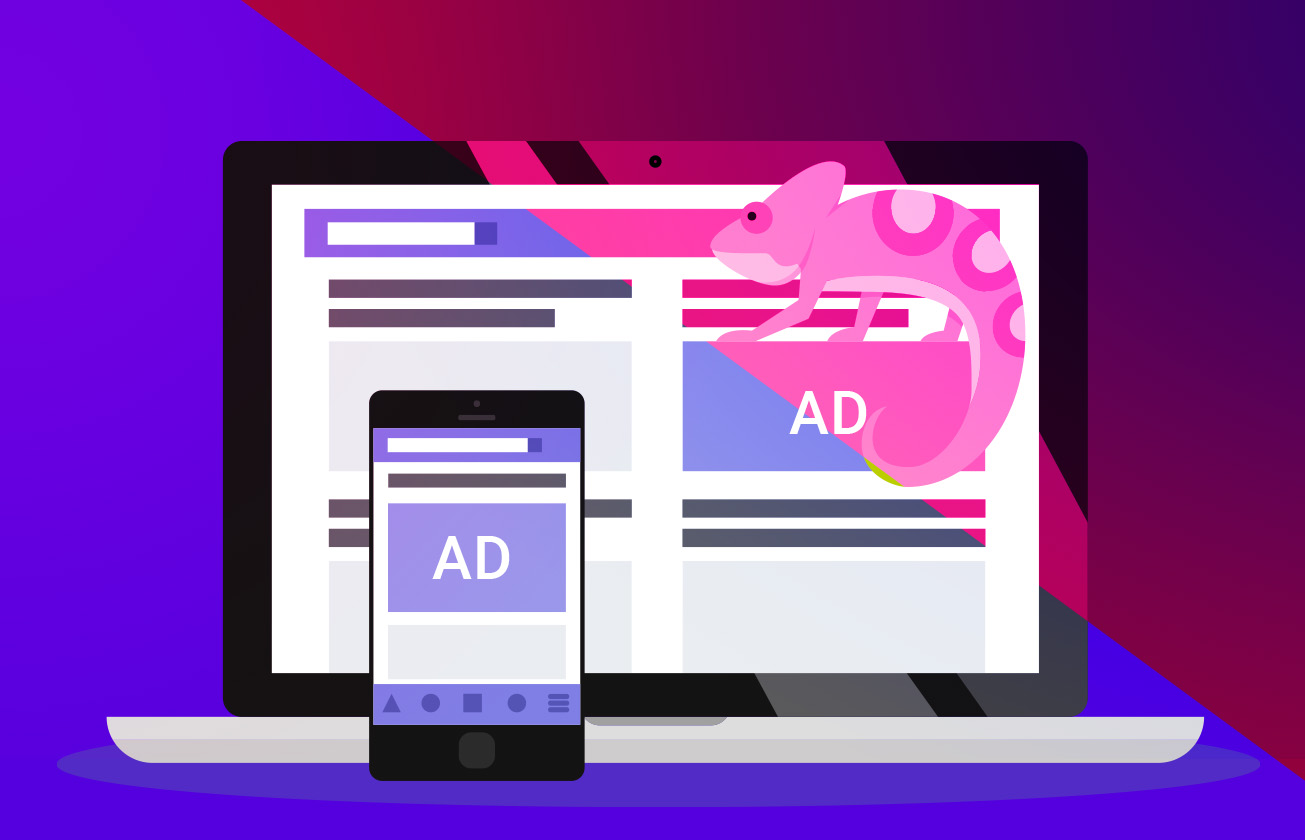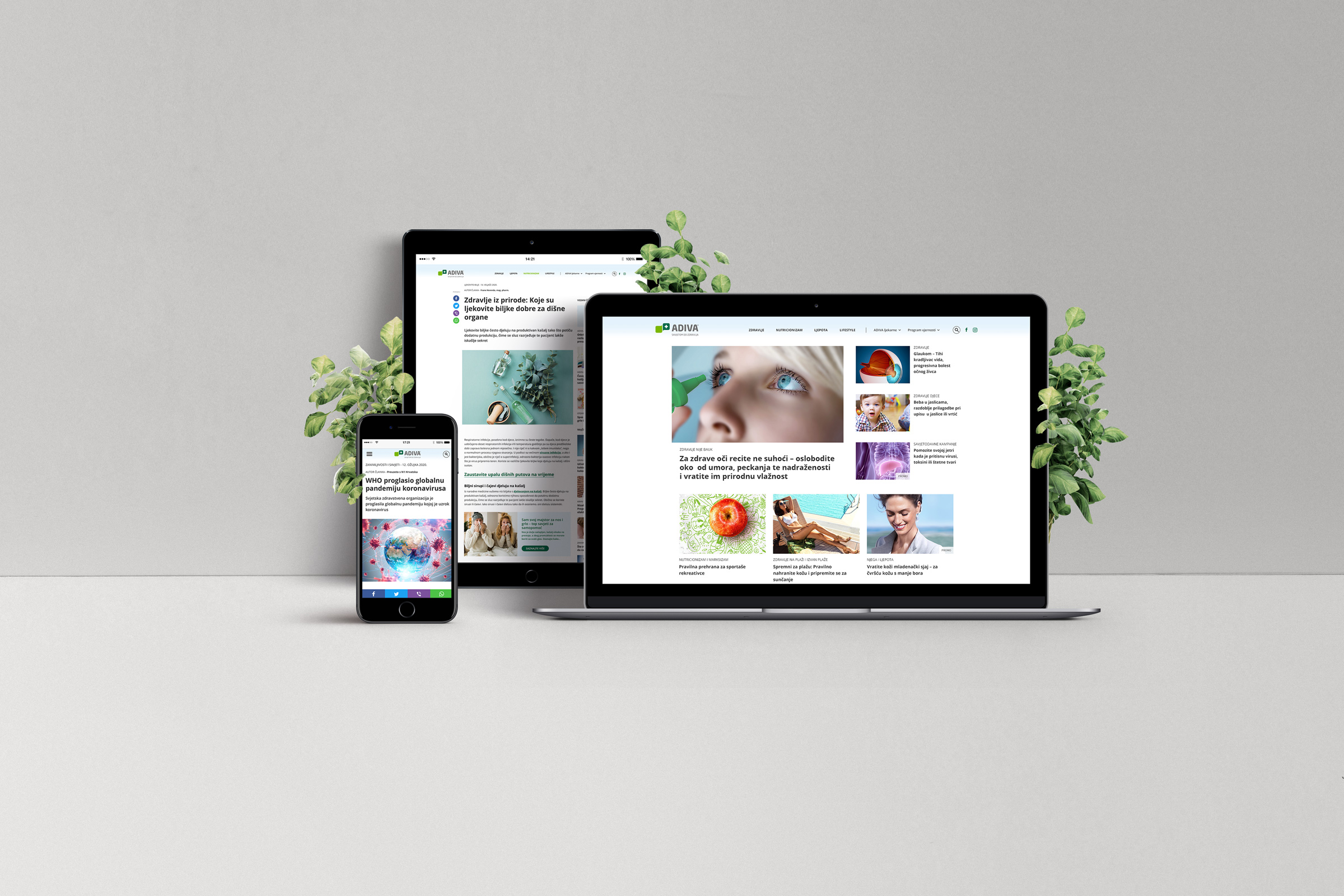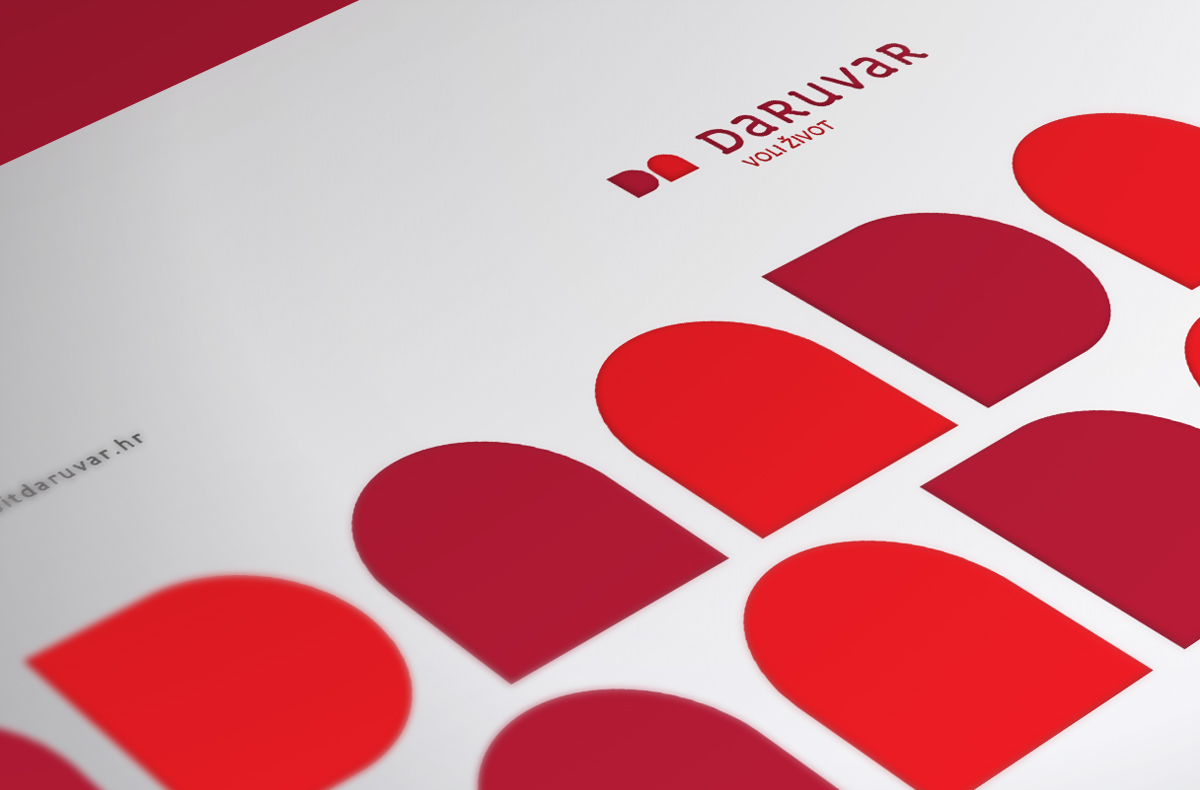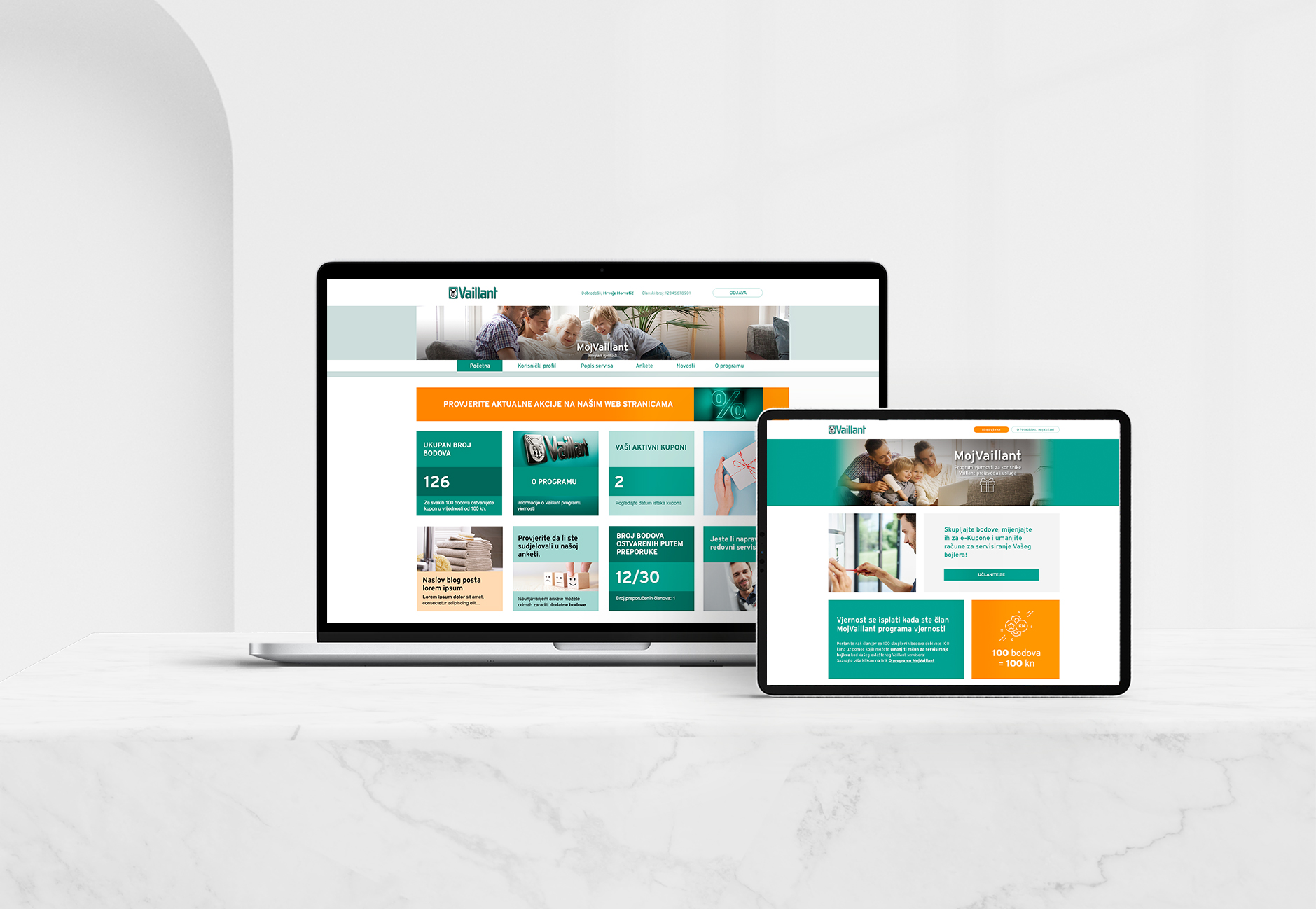Five tips for writing a great native ad
Native advertising is becoming the most popular way of advertising in the digital sphere. Traditional banners and pop-ups are outdated, intrusive, in a word – exhausting for a user. That’s why native advertising has experienced a boom in the last couple of years, accounting for nearly 60% of its spending on digital marketing.

What is the difference between classic and native advertising? First, users notice traditional digital advertising, which often irritates them, while native advertising is unintrusive most of the time.
Native Advertising Institute has defined native advertising as paid advertising in which the ad corresponds to the form and function of the content of the media on which it is displayed. Or, to make it easier to clarify - a native ad is, for example, an ad that leads to editorial about fashion trends on a fashion portal. At the end of that article, it is recommended to go to the brand's page that paid for that article / native ad.
But since we’ve already written about native advertising, we’ll immediately start with recommendations on how to write a great native ad that sells.
Adapt to the format you are writing about
There are several types of native ads. For example, Outbrain lists five:
- Content recommendations
- In-feed ads
- Paid search ads
- Search and promote articles/listings
- Advertising within an article with native elements
What can be concluded from this? First, native ads are everywhere. Secondly, they differ considerably in their form. Finally, search ads and articles require completely different communication and copywriting methods.
An article has, say, 1000 words. Make the most of those 1000 words, so feel free to let your creative juices flow!
Also, pay attention to the tone of voice. Namely, suppose your article is intended for a female audience on a women's portal. In that case, it is not natural or productive for your piece to be short, direct, professional, dry, and robotic. In addition, be wary of how other content is written on the platform because the goal is to make your paid content as close as possible to other articles.
Don’t promise in the headline what you can’t fulfill in the text
Don't write click baits, please. Yes, the click-through rate will be high, but you will do yourself more harm than good.
For example, we could easily call this article "Five native ad SECRETS that DIGITAL EXPERTS do not want you to KNOW (PHOTO, VIDEO)". Bombastic, exaggerated title and the text inside is... non-bombastic.
You will irritate readers, make the article cheaper, and your brand among the target group you are addressing, and finally - your site will be less relevant.
If you name the article "5 tips that will make your native ad look great", you will attract people you want to read your article.
Be completely transparent
Many brands in the past have been guilty of this, so don’t repeat their mistake. If your content is an ad, be clear that it is an ad. Here we primarily mean paid articles or collaboration with influencers. Transparency does not lead to a lesser effect of advertising; on the contrary, it creates trust between you and the potential buyer.
Some believe that native ads should be fully assimilated and camouflaged with the other unpaid content on a site. We disagree with that, as do the results of a 2017 study conducted by Contently. The results showed that the transparency of advertising does not harm the effects of advertising.
But logic dictates the same.
Namely, if you, as a brand, have paid for a paid article or collaboration with an influencer, we believe that you want your name to be associated with that collaboration! Also, Instagram stipulates that influencers under the threat of a ban must put a “paid sponsorship” tag on paid posts.
Try to include clear call-to-action (or CTA) in your communication
People like to be told what the next step they should take is. It sounds harsh, but it's true, especially in marketing.
So try to include a CTA in each of your copies. Because, in addition to being clear about the intent of the copy, it will also help convert potential customers.
Also, make sure the CTA is unambiguous. For example, "Subscribe to our newsletter", "Find out more on ...", "Take advantage of great discounts on ..." and the like.
Proofread, check the spelling and the facts and read the ad at least five times before publishing
You're probably thinking to yourself - "well of course I'll do this!". Of course, you will, but check again. After that - one more time. And after you do all this, give a fresh pair of eyes to review your ad one more time. It is then ready for publication.
We say this from our personal twenty years of experience in which there have been many lessons learned in marketing, and this is one of the most important - check everything several times. Because when an article or ad is uploaded, the damage is often done.
In the end...
To guide your audience through the funnel as efficiently as possible, you need to know their needs. The tips are written above about what you need to do and should not do when writing a native ad. That’s why we always say, content that engages with customers is the foundation of any successful native marketing campaign that will create the much-desired conversions for you.
Source: https://www.semrush.com/blog/native-advertising-how-to-write-content-that-converts/


